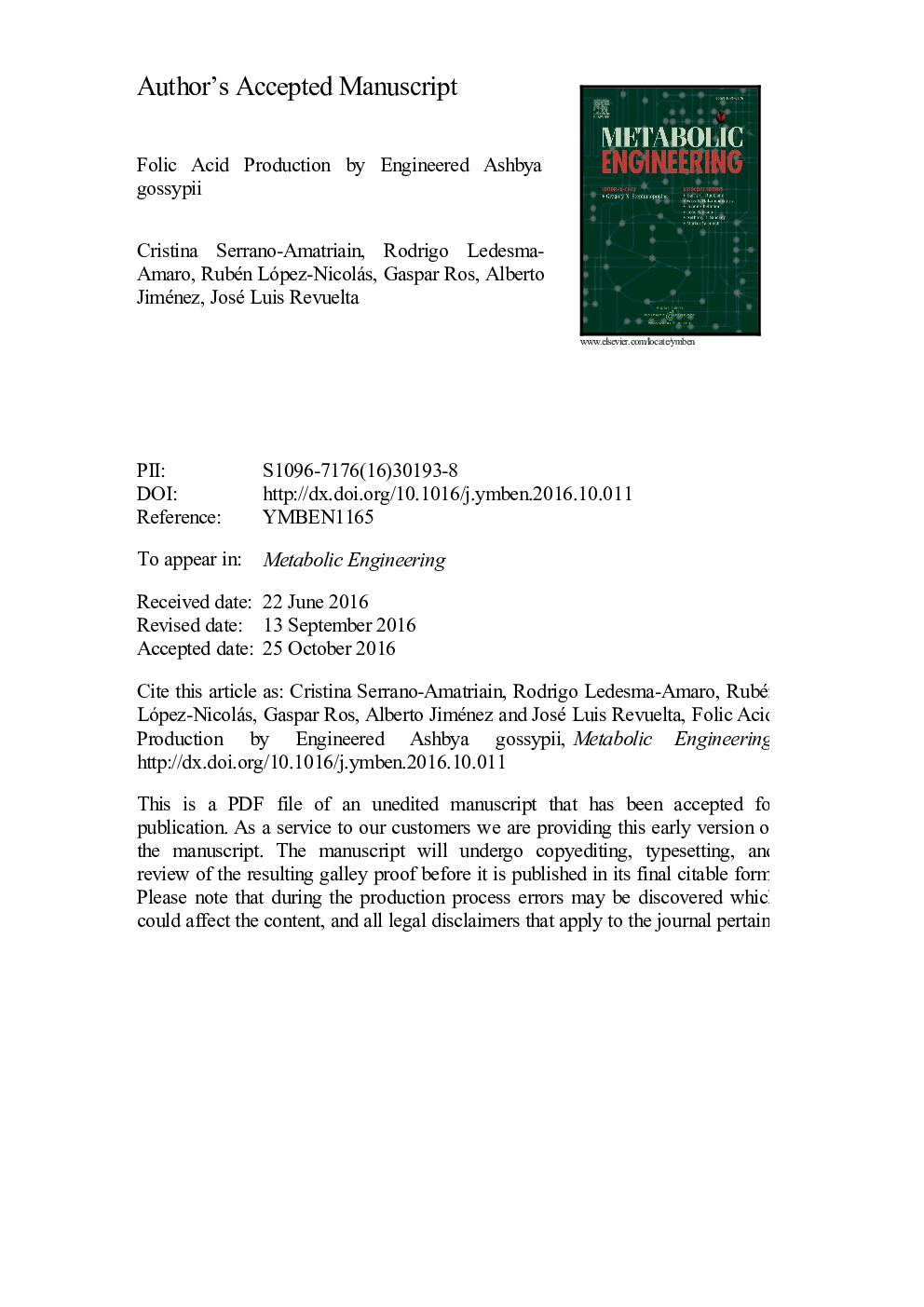| کد مقاله | کد نشریه | سال انتشار | مقاله انگلیسی | نسخه تمام متن |
|---|---|---|---|---|
| 1780934 | 1523925 | 2015 | 27 صفحه PDF | دانلود رایگان |
عنوان انگلیسی مقاله ISI
Comparative pick-up ion distributions at Mars and Venus: Consequences for atmospheric deposition and escape
ترجمه فارسی عنوان
توزیع یون های انتخابی در مریخ و زهره: پیامدهای برای رسوب جوی و فرار
دانلود مقاله + سفارش ترجمه
دانلود مقاله ISI انگلیسی
رایگان برای ایرانیان
کلمات کلیدی
مریخ، سیاره زهره، فرار از اتمسفر، تعامل باد خورشیدی، آزمایش شبیه سازی ذرات،
موضوعات مرتبط
مهندسی و علوم پایه
علوم زمین و سیارات
فیزیک زمین (ژئو فیزیک)
چکیده انگلیسی
Without the shielding of a substantial intrinsic dipole magnetic field, the atmospheres of Mars and Venus are particularly susceptible to similar atmospheric ion energization and scavenging processes. However, each planet has different attributes and external conditions controlling its high altitude planetary ion spatial and energy distributions. This paper describes analogous test particle simulations in background MHD fields that allow us to compare the properties and fates, precipitation or escape, of the mainly O+ atmospheric pick-up ions at Mars and Venus. The goal is to illustrate how atmospheric and planetary scales affect the upper atmospheres and space environments of our terrestrial planet neighbors. The results show the expected convection electric field-related hemispheric asymmetries in both precipitation and escape, where the degree of asymmetry at each planet is determined by the planetary scale and local interplanetary field strength. At Venus, the kinetic treatment of O+ reveals a strong nightside source of precipitation while Mars' crustal fields complicate the simple asymmetry in ion precipitation and drive a dayside source of precipitation. The pickup O+ escape pattern at both Venus and Mars exhibits low energy tailward escape, but Mars exhibits a prominent, high energy 'polar plume' feature in the hemisphere of the upward convection electric field while the Venus ion wake shows only a modest poleward concentration. The overall escape is larger at Venus than Mars (2.1Ã1025 and 4.3Ã1024 at solar maximum, respectively), but the efficiency (likelihood) of O+ escaping is 2-3 times higher at Mars. The consequences of these comparisons for pickup ion related atmospheric energy deposition, loss rates, and detection on spacecraft including PVO, VEX, MEX and MAVEN are considered. In particular, both O+ precipitation and escape show electric field controlled asymmetries that grow with energy, while the O+ fluxes and energy spectra at selected spatial locations show characteristic signatures of the pickup related acceleration and precipitation.
ناشر
Database: Elsevier - ScienceDirect (ساینس دایرکت)
Journal: Planetary and Space Science - Volume 115, September 2015, Pages 35-47
Journal: Planetary and Space Science - Volume 115, September 2015, Pages 35-47
نویسندگان
Shannon M. Curry, Janet Luhmann, Yingjuan Ma, Michael Liemohn, Chuanfei Dong, Takuya Hara,
